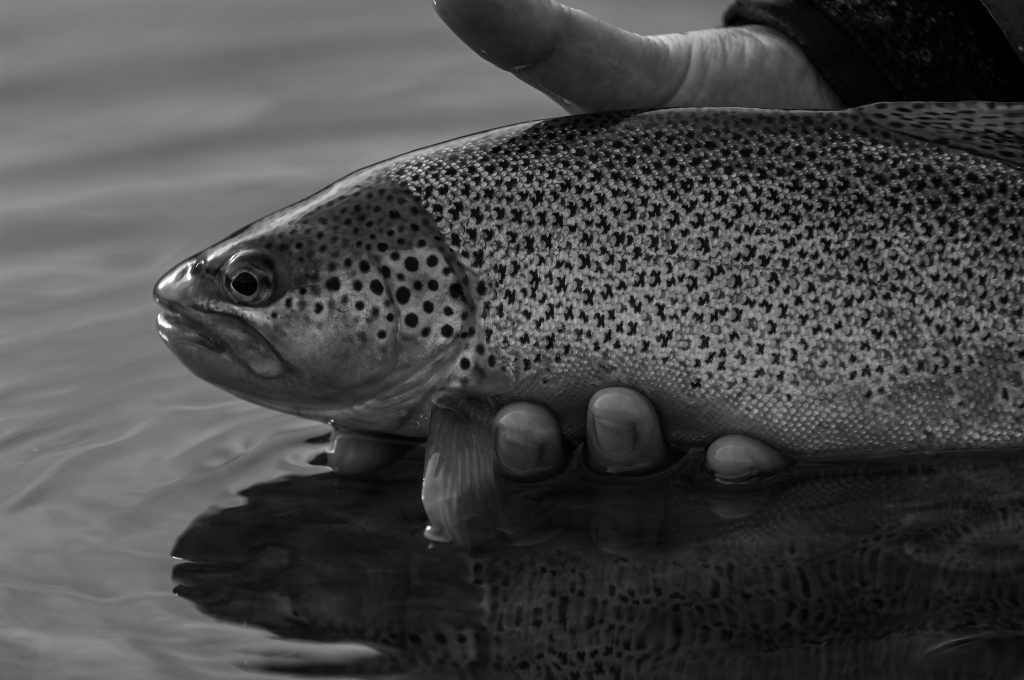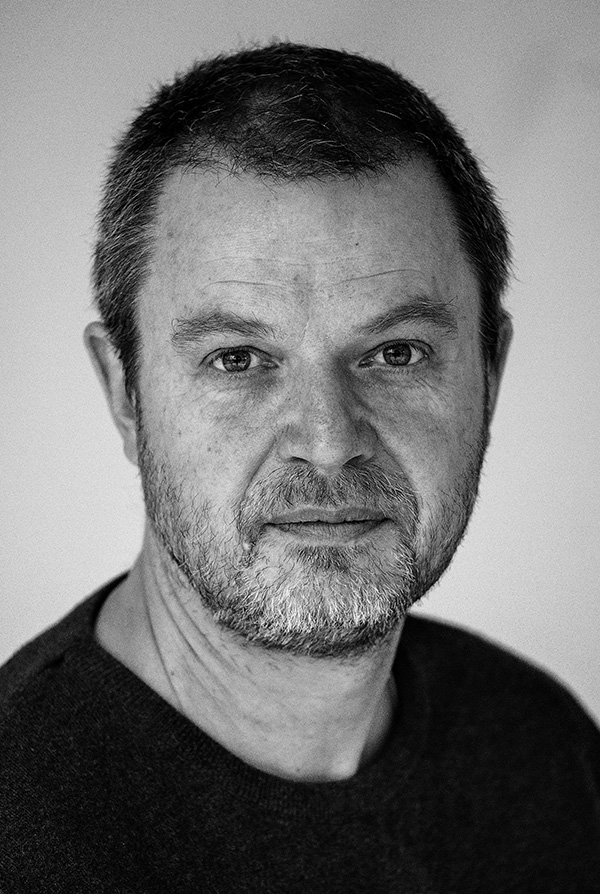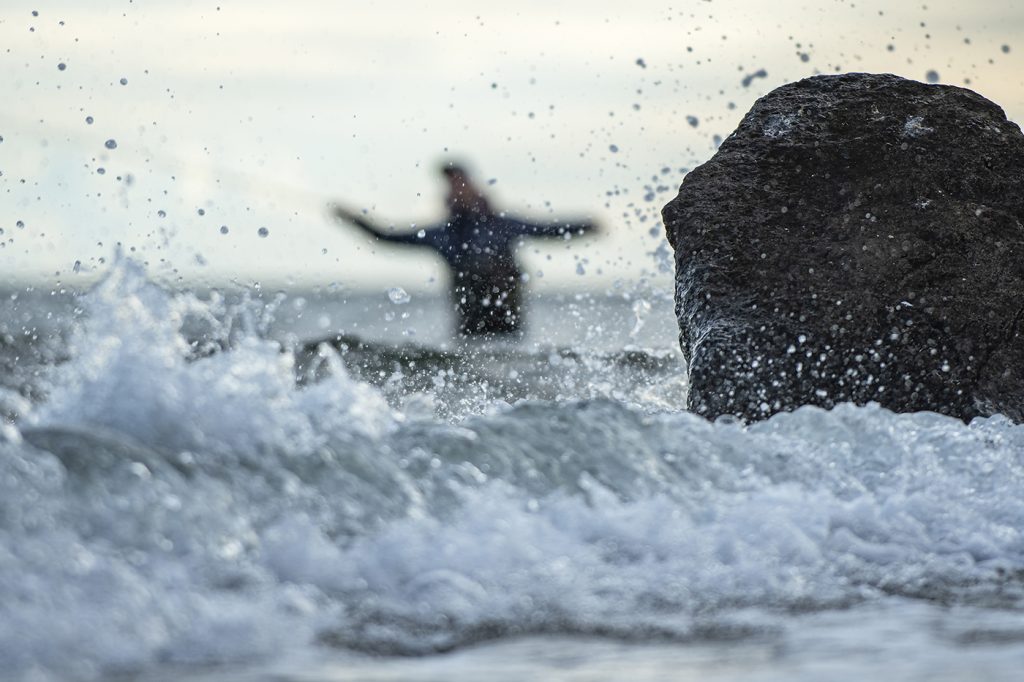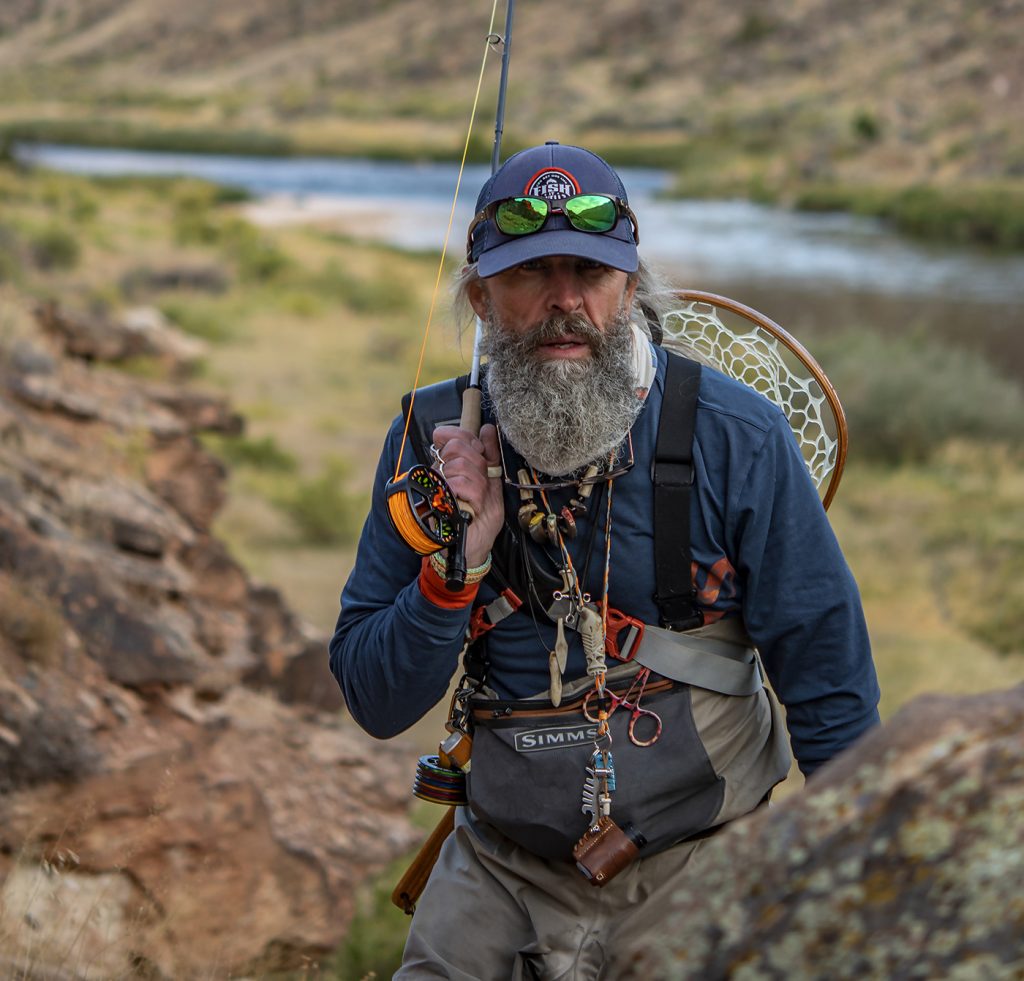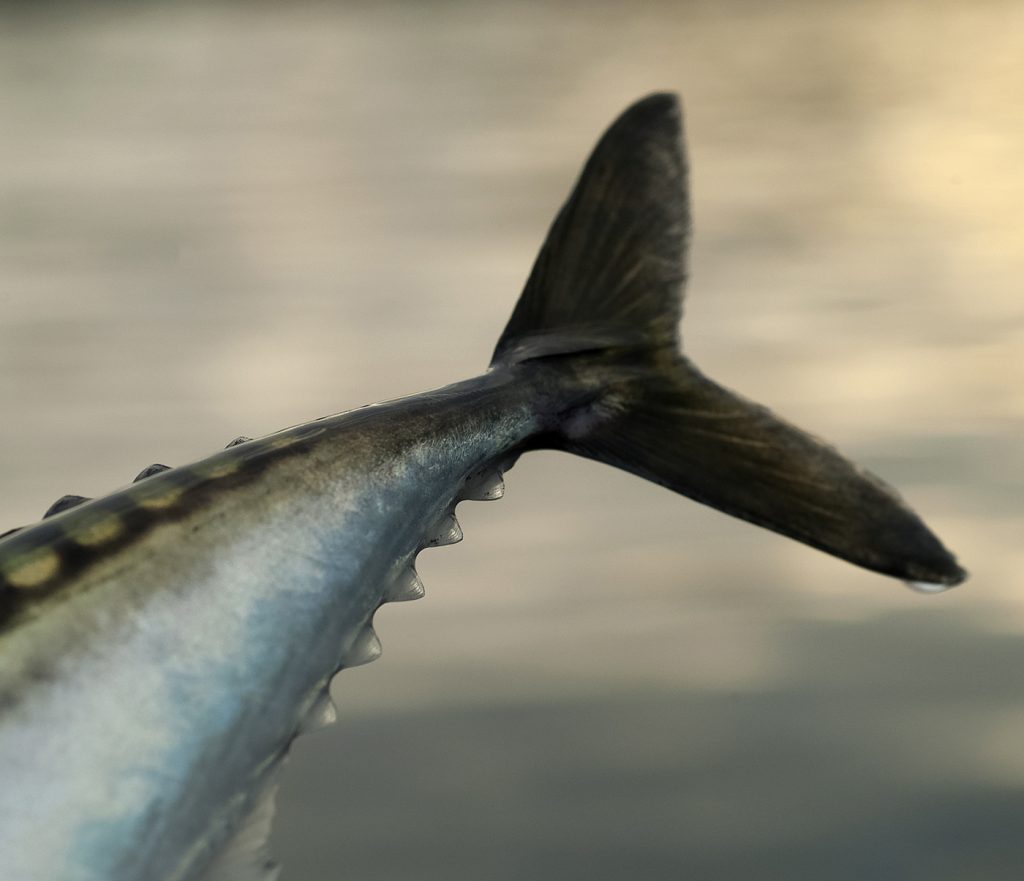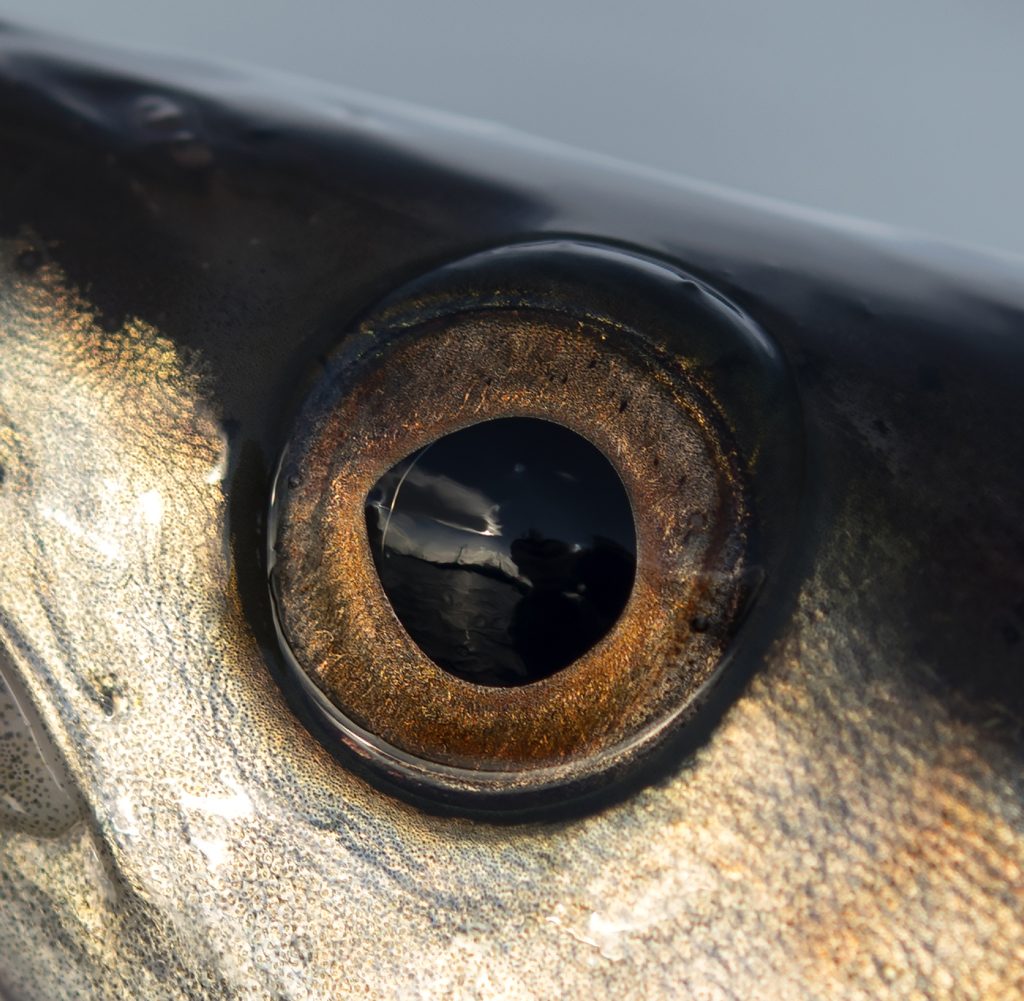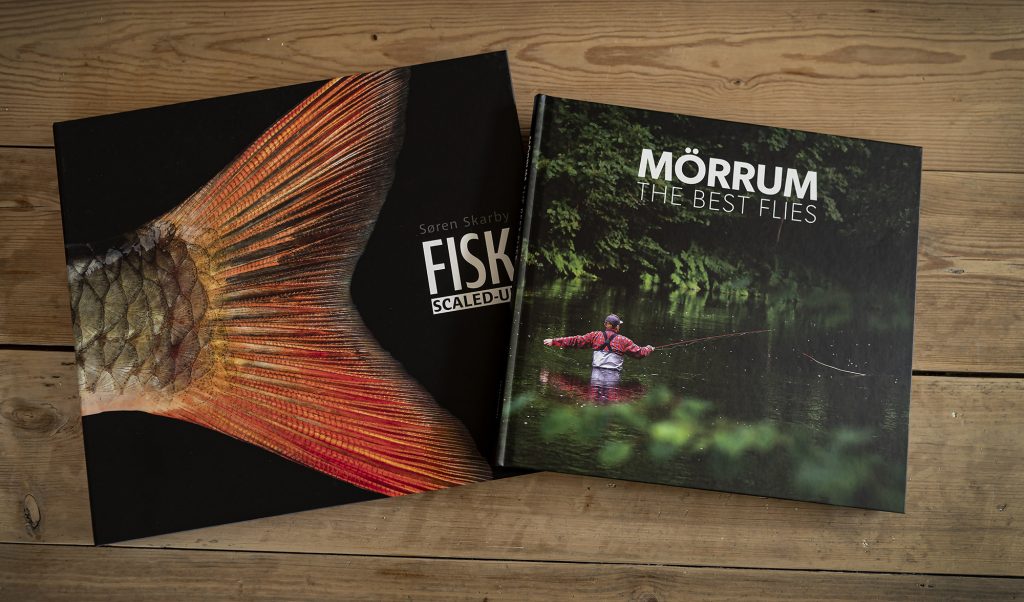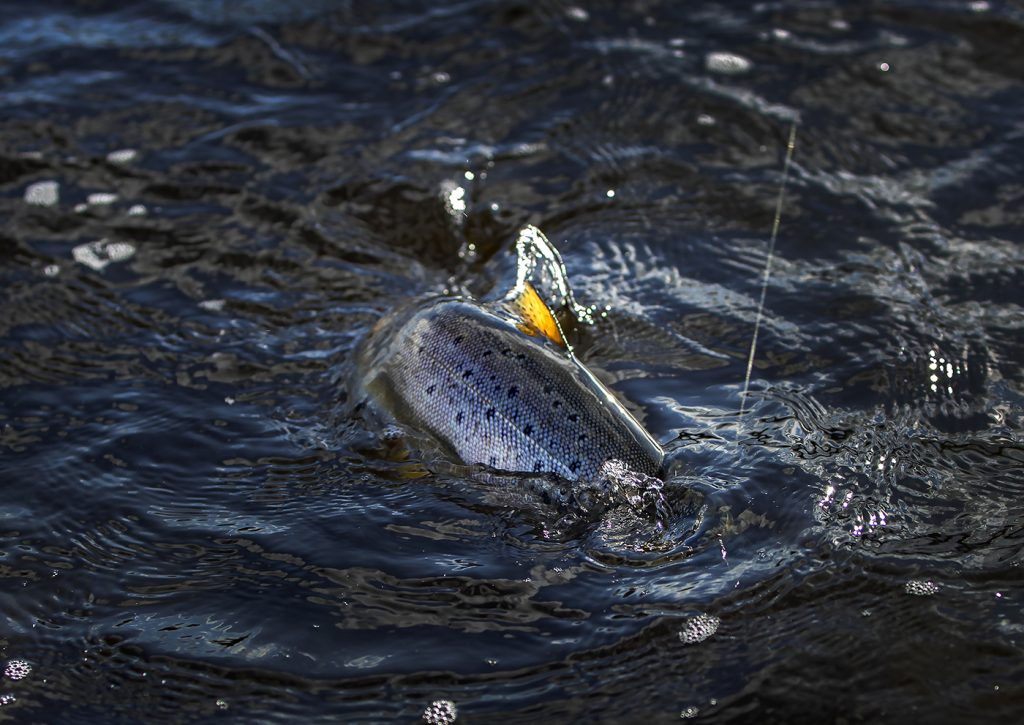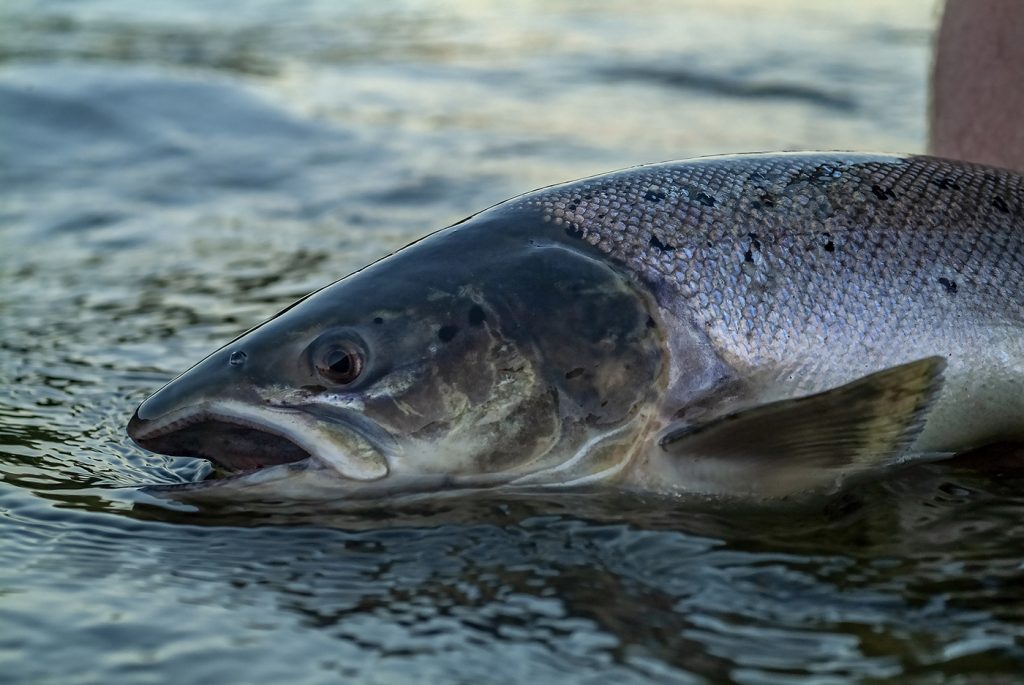
A century ago it wasn’t uncommon, in fact it was the norm, to fish for salmon with huge hooks. Size 2/0 was a small one and when hauling from boats, size 6/0 up to 8/0 were used. Although the rods were long and made of green heart and the lines heavy, I doubt they could cast an 8/0 salmon iron from the bank. On the other hand, a certain Alexander Grant made a witnessed 65 yard spey cast with a double handed green heart rod. So who knows?
Continue reading “Tubeflies – big and small”
